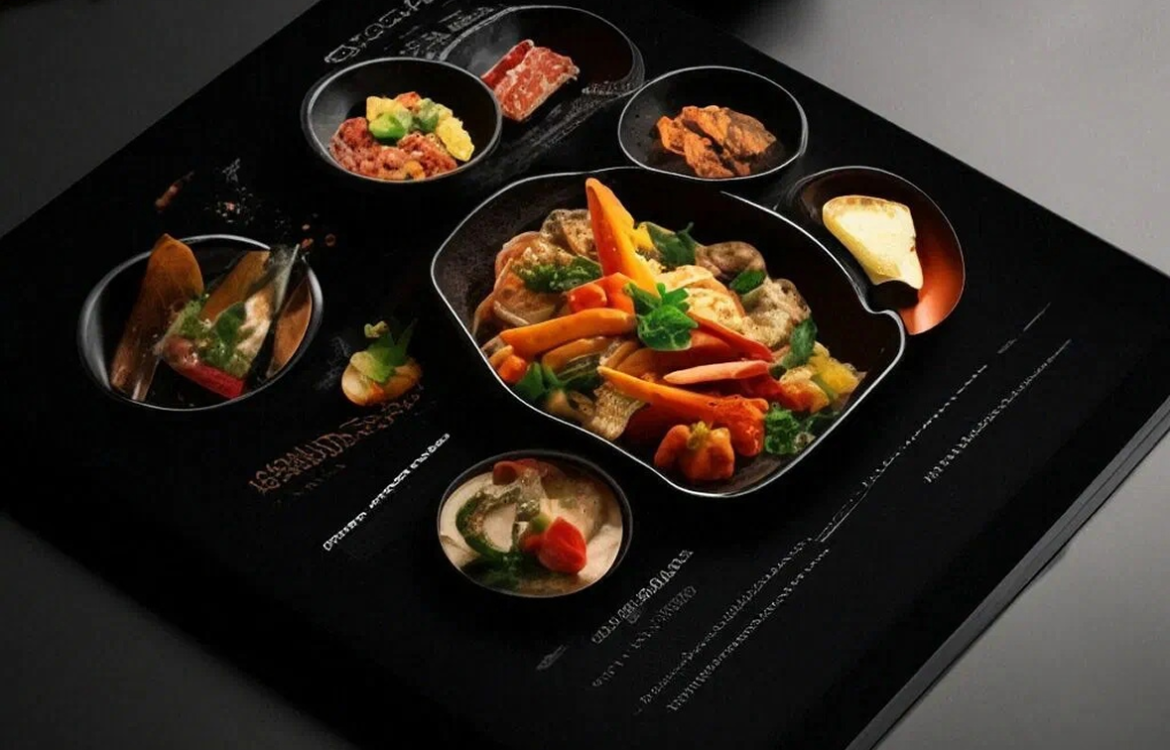Case Studies from the UK
-
The Fat Duck (Bray): Chef Heston Blumenthal is renowned for combining scientific precision with theatrical presentation. His dishes often surprise diners with unexpected shapes, textures, and aromas that challenge traditional dining norms.
-
Core by Clare Smyth (London): Smyth emphasizes natural elegance in plating, using careful arrangement and seasonal British ingredients to create refined, balanced plates that look as beautiful as they taste.
-
Ottolenghi (London): Known for vibrant colours and bold combinations, Yotam Ottolenghi’s food design highlights Middle Eastern and Mediterranean influences, using fresh herbs, roasted vegetables, and jewel-toned spices.
Why Food Design Matters for Diners and Businesses
For diners, well-designed food enhances anticipation, engagement, and satisfaction. It transforms meals into experiences worth sharing, both verbally and via social media—a crucial factor in today’s digitally connected society.
Advertising
For UK restaurateurs, investing in food design differentiates their brand in a crowded market. Beautifully crafted dishes attract media attention and loyal customers, driving both reputation and revenue.
Challenges and Considerations
While food design offers many benefits, it requires balance. Overly complex or fussy plating can overshadow flavour or alienate some diners. Sustainability also plays a role; chefs must consider waste, sourcing, and the environmental footprint of ingredients and presentation choices.
The Future of Food Design in the UK
Emerging technologies such as 3D food printing, augmented reality dining, and AI-assisted recipe design hint at an exciting future. However, the core of food design will remain rooted in creativity, cultural expression, and the desire to create joy and connection through food.

